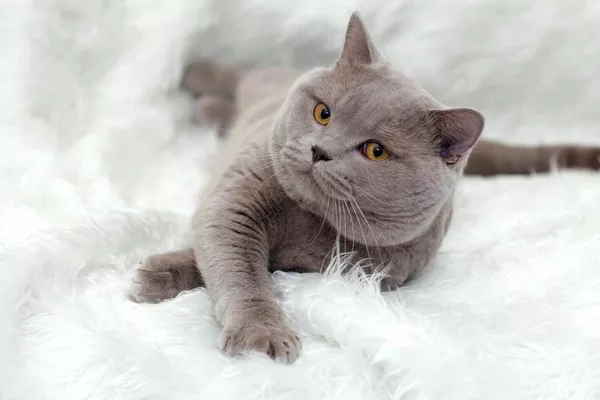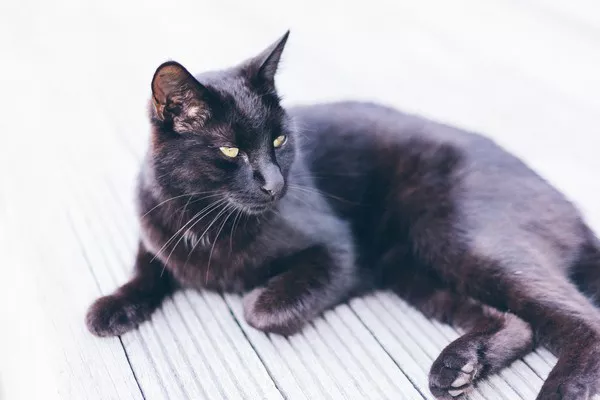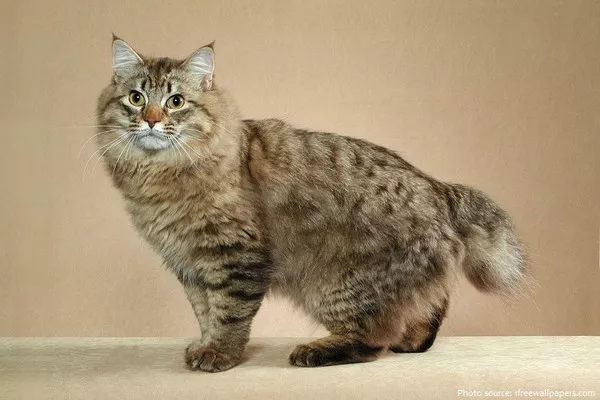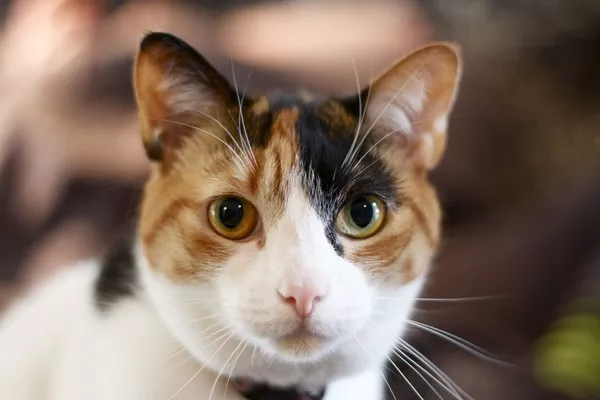The British Shorthair is a popular cat breed known for its chunky appearance and robust build. However, it’s not uncommon for some British Shorthairs to be smaller in size compared to the typical standard. In this article, we will explore the various factors that can contribute to a British Shorthair being small and delve into potential causes such as genetics, health issues, breeding practices, and environmental factors. Understanding these factors will enable cat owners to better care for their smaller British Shorthair companions.
1. Genetic Influences on Size:
One significant factor affecting the size of a British Shorthair is genetics. Each cat inherits genes from its parents, which play a vital role in determining its physical characteristics. Some British Shorthairs may have genetic predispositions for smaller body size due to their lineage. Careful breeding practices and selection of breeding pairs can help maintain or enhance the desired size standards of the breed.
2. Health Issues:
Health problems can sometimes lead to stunted growth and smaller size in British Shorthairs. Certain medical conditions, such as hormonal imbalances, malnutrition, or gastrointestinal disorders, can affect a cat’s ability to absorb nutrients properly, resulting in reduced growth rates. Regular veterinary check-ups and appropriate nutrition are crucial to ensuring optimal growth and development in cats.
3. Breeding Practices and Standards:
Breeding practices can also influence the size of British Shorthairs. Responsible breeders adhere to breed standards set by recognized cat associations, which include guidelines for size and conformation. Breeding cats that meet these standards helps maintain consistency in size within the breed. However, unethical breeding practices, such as excessive inbreeding or breeding from underdeveloped individuals, can result in smaller-sized offspring.
4. Environmental Factors:
Environmental factors can impact a British Shorthair’s growth and size. Kittens that don’t receive adequate nutrition during their early developmental stages may experience stunted growth. Environmental stressors, such as overcrowding or lack of mental stimulation, can also affect overall health and contribute to smaller size. Providing a nurturing and enriched environment is important for supporting the healthy growth of a British Shorthair.
5. Gender Differences:
It’s essential to note that male and female British Shorthairs may exhibit differences in size. Male cats generally tend to be larger and heavier than females within the breed. Female British Shorthairs typically have a more petite build, which can sometimes be mistaken for being smaller than average. These gender differences are natural variations within the breed and should not be cause for concern unless there are other accompanying health issues or abnormalities.
Conclusion:
While the British Shorthair breed is known for its robustness, it’s not uncommon for some individuals to be smaller in size compared to the typical standard. Various factors, including genetics, health issues, breeding practices, environmental factors, and gender differences, can contribute to a British Shorthair being small. As responsible cat owners, it is crucial to provide optimal care, regular veterinary check-ups, and a nurturing environment to support the healthy growth and development of our beloved feline companions.



























